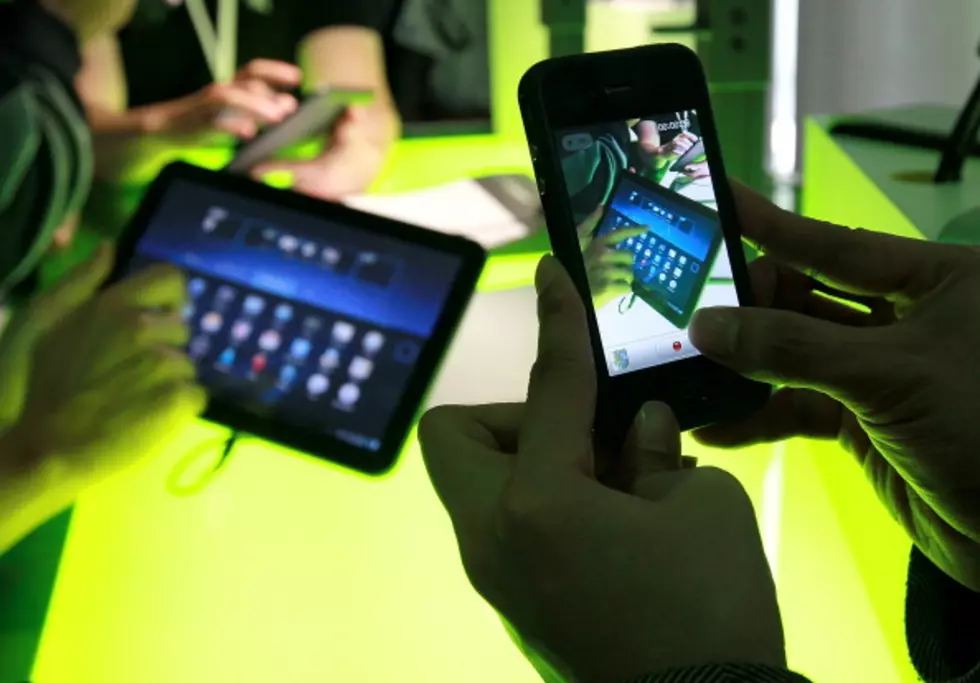
AT&T Outage Explained. Are You Ready for the Big Cyber Attack?
A major nationwide cellular outage, mostly for AT&T 5G users, wreaked havoc on tens of thousands of people on Thursday. Cellular service (mostly 5G) came to a screeching halt as people awoke to their alarm and weren't able to make a phone call.
AT&T said that by later in the morning, much of their service had been restored. The company announced at 3:30 p.m. that the entirety of its system was back up and running. AT&T said at that point, they were unsure of the cause of the outage, but the issue was being investigated.
Who was affected?
Until the investigation is complete, it will be unknown exactly who was affected by the outage, but early reports point to the company's 5G network.
Cell phone users were able to tell if their cellular service was down of the "SOS" letters were present in the upper right hand corner of the screen, or if in the right corner there were no cellular bars (4 gray dots) to the left of the WiFi and battery icons.
A screen with cellular service would have the four bars to the left of the WiFi and battery icons.
Why were some users without cell service able to call and text?
If you were traveling on Thursday and you were affected by the outage, you probably noticed once you were out of reach from WiFi service, your phone couldn't send or receive texts or phone calls. New iPhone users would have had the new feature "SOS" in place of cell bars, which would have allowed for an emergency cell service call. However, when you had access and were connected to WiFi service, you would have had the ability to make iMessage texts.
My Husband and I have the same iPhone and while home, I could Text and make Phone Calls, But He was only able to Text. His phone wasn't working. Why did this happen?
Most Likely, it's because the wife in this scenario had a feature called "Allow WiFi Calls" turned-on in settings, and the husband did not. This feature allows cell phones to make a phone call using internet access through WiFi instead of using cellular service. He also would have been able to make and receive calls had he turned on this feature. However, neither the wife or the husband would have been able to make phone calls once they disconnected from WiFi.
Did This Outage Only Affect 5G Customers?
This is still being investigated, but at least in our home everyone with 4G service, including an iPad, were able to make and receive cellular phone messages at and away from home. Those of us with 5G devices experienced the outage.
How Bad Was This? How Bad Could It Have Been a Much Worse/Widespread Outage or Cyber Attack?
First, this one was pretty bad and disruptive, especially for people who rely on their phones for travel. If you were traveling and didn't have access to WiFi service, you had no way to make a phone call or send a text message. Additionally, any emails or text messages that weren't downloaded couldn't be read. You couldn't check or send new emails, access banking or use phone pay services, access news and weather information, streaming, or other web based services. Only things already downloaded to your phone could be accessed. However, this wasn't "the big one" that we're all so very worried about.
Generally, the fear cyber experts have is that the "ultimate outage" which could be caused by a cyber attack could shut down everything we rely on today. Cellular and internet could be shut down which would basically paralyze municipalities, banking institutions, power grids, and so much more. Nuclear and water treatment plants generally rely on the internet, as well as things as simple as street lights and ATM machines. "The big One" is what keeps cyber experts up at night worrying.
Ready.gov Says We Should All Be Prepared for a major Cyber Attack
"Cyberattacks can lead to
loss of money, theft of
personal information, and
damage to your reputation
and safety."
The U.S. Government says a cyber attack can access and damage computers, mobile phones, gaming systems, and other devices. An attack could include fraud, identity theft, block access to computers and online information, could target children, and can cause major problems with business services, transportation and power.
Experts say, when it comes to "the big cyber attack," it's not "if" it's coming - it's "when" it's going to hit. Visit Ready.gov to read more about being prepared.
Possible Nuclear Missile Attack Targets in and Close To South Dakota
Gallery Credit: Ben Davis




